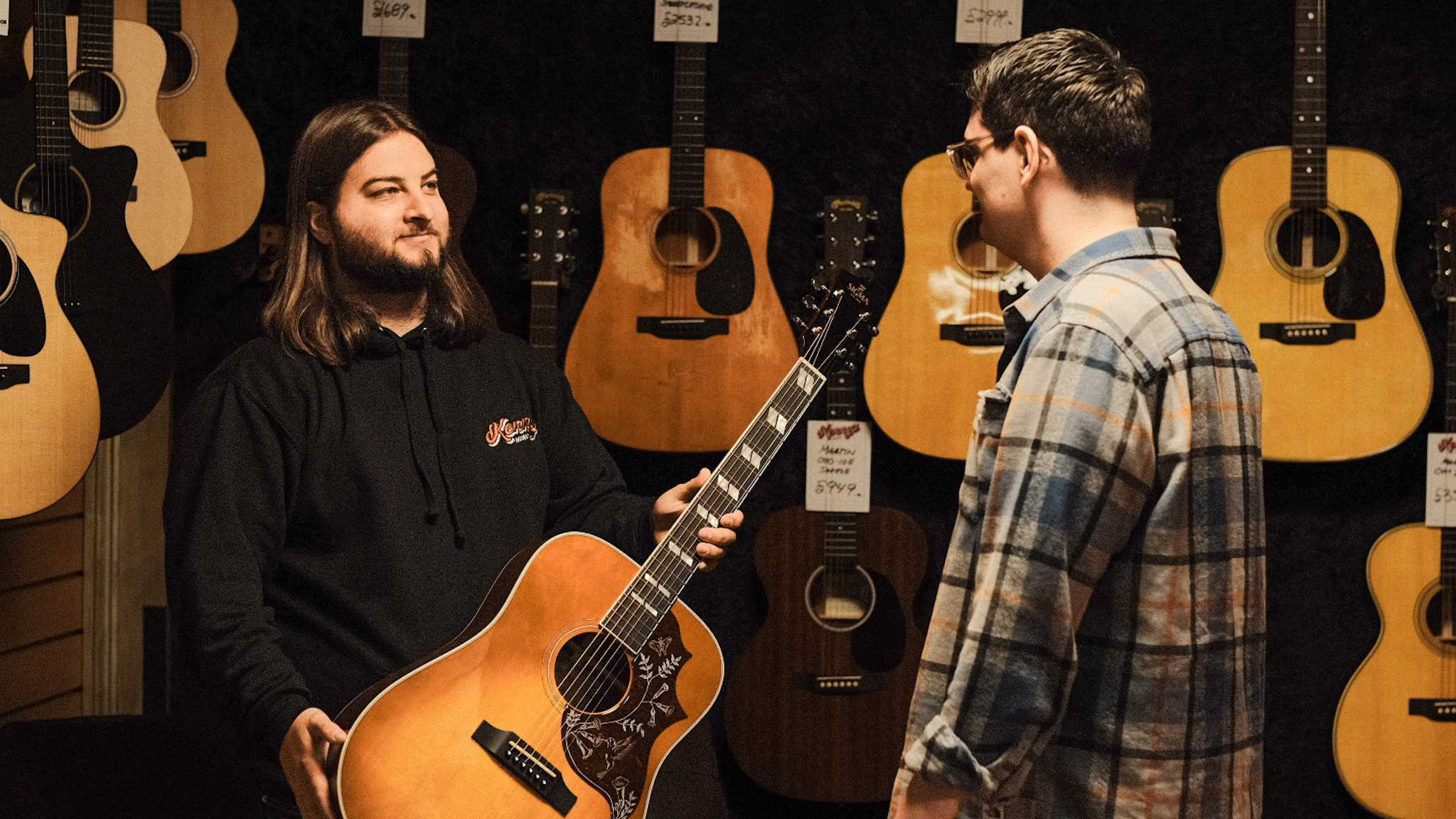
As a former music store employee, I understand that visiting a guitar shop can be daunting, especially for beginners. However, I want to reassure you that most shop staff are not only welcoming but eager to help you find the perfect beginner acoustic guitar. Their goal, and mine, is to ensure you leave with a guitar that suits you best and becomes the catalyst that ignites your passion for music.
Before I began my career as a full-time writer for Guitar World, I spent nearly a decade working behind the counter of a bustling music shop in the heart of Dundee, Scotland – in fact, the photos used to illustrate this article were taken at my old stomping ground, Kenny's Music.
During my time at the store, I gained a wealth of experience selling everything from high-end Custom Shop Gibson Les Pauls to entry-level acoustic guitars, and not to mention my own guitar collection has gotten wildly out of hand as of late – so you could say I know a thing or two about purchasing instruments.
My aim is to make the process of buying your first acoustic guitar as stress-free as possible. I'm here to guide you through the steps of purchasing an instrument and testing it in a store, and I'll even give you a few tips to save a little money in the process.
1. Do your research
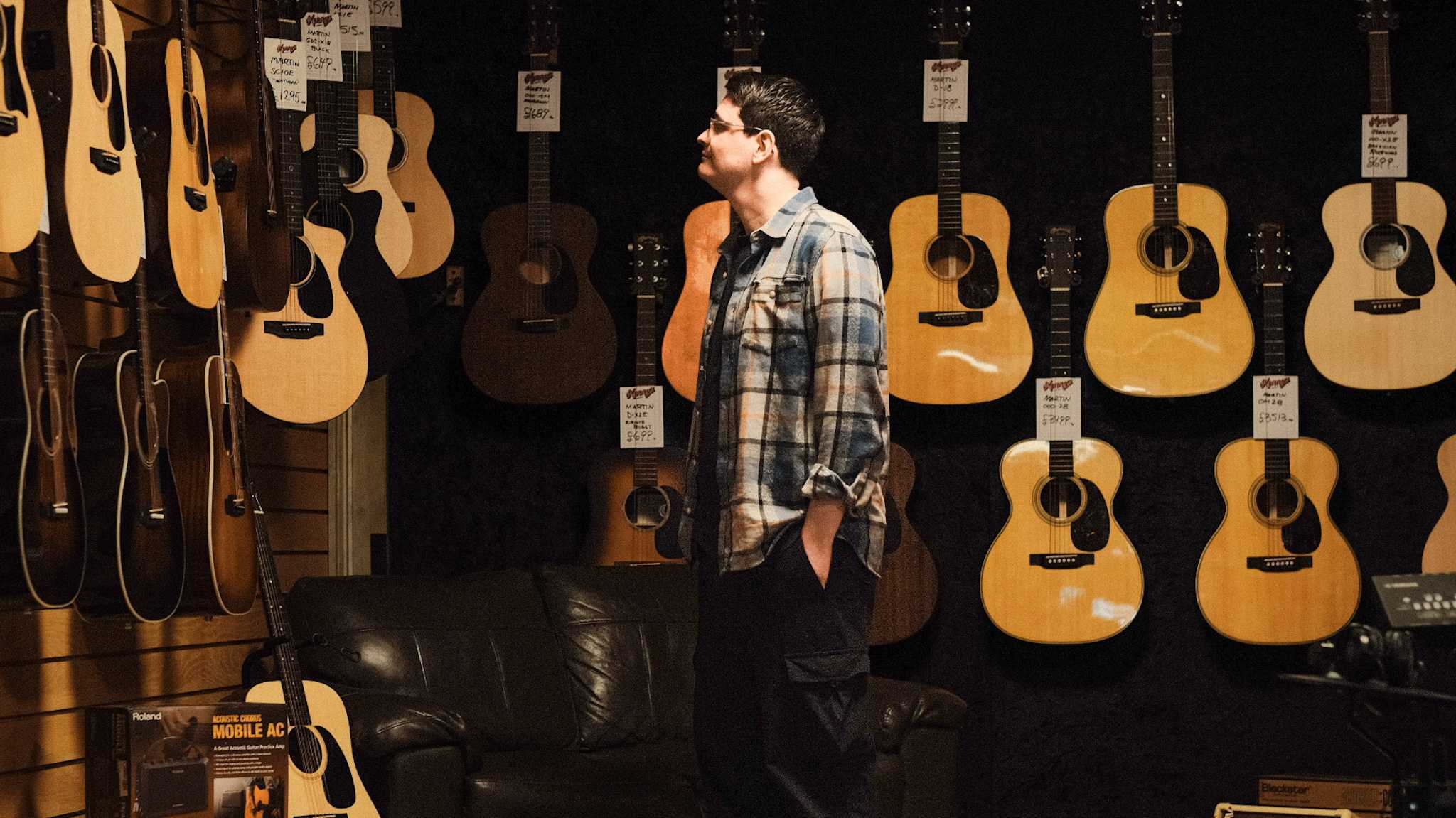
Like all important purchases, it pays to do your research. When it comes to beginner acoustic guitars, there are so many on the market, and each model offers something slightly different. My advice is to put in the work early on; it will make the process a whole lot easier later, and you'll feel more prepared.
First things first, you’ll want to choose a price range for your new guitar, as this will drastically reduce the amount of guitars available to you.
Next, you’ll need to select a few models within your price range. Guitar World has a wealth of buyer’s guides on the site that are loaded with valuable advice for newbie players, so I strongly suggest you start there.
As a general rule of thumb, I recommend you choose a maximum of three models – any more and you are likely to confuse yourself, any less and you won’t be able to truly make an informed decision.
Of course, don’t just rely on us to tell you what the best acoustic guitars are in any given category. Have a look at user reviews and testimonials, and browse YouTube for side-by-side comparisons. It’s also worth asking your guitar-playing buddies for their recommendations and experiences with different models.
2. Find your best local store
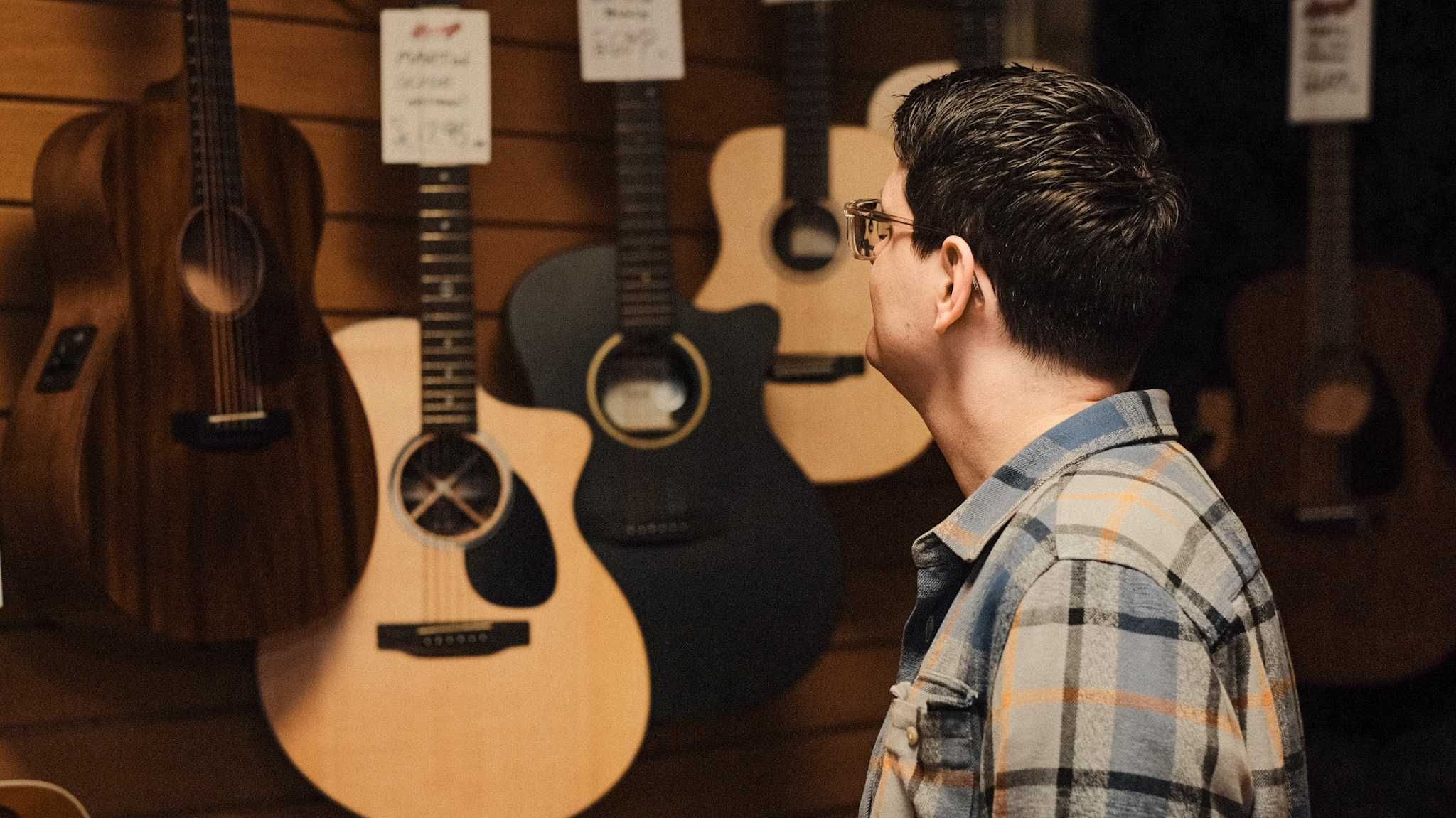
Okay, once you have the three models you want to try out, you’ll need to find a local guitar store with the items in stock. I suggest heading to the websites of local music stores in your area and checking if all the models you want to try are in stock in one place – if not, you may need to visit multiple stores.
It’s always a good idea to give the music store a call – or email if you’re phone-shy – and ask them if they have the items you are looking for. If they don’t, they may be able to source them for you from another branch, and some can even set up an appointment for you so you are guaranteed to try the exact guitars you want at a time that is convenient for both you and the store.
Just like the guitars, it’s worth checking the reviews for a store before you visit. A strong Trustpilot and Google review score is a good indicator of a friendly shop that offers fantastic customer service.
3. Plan your visit
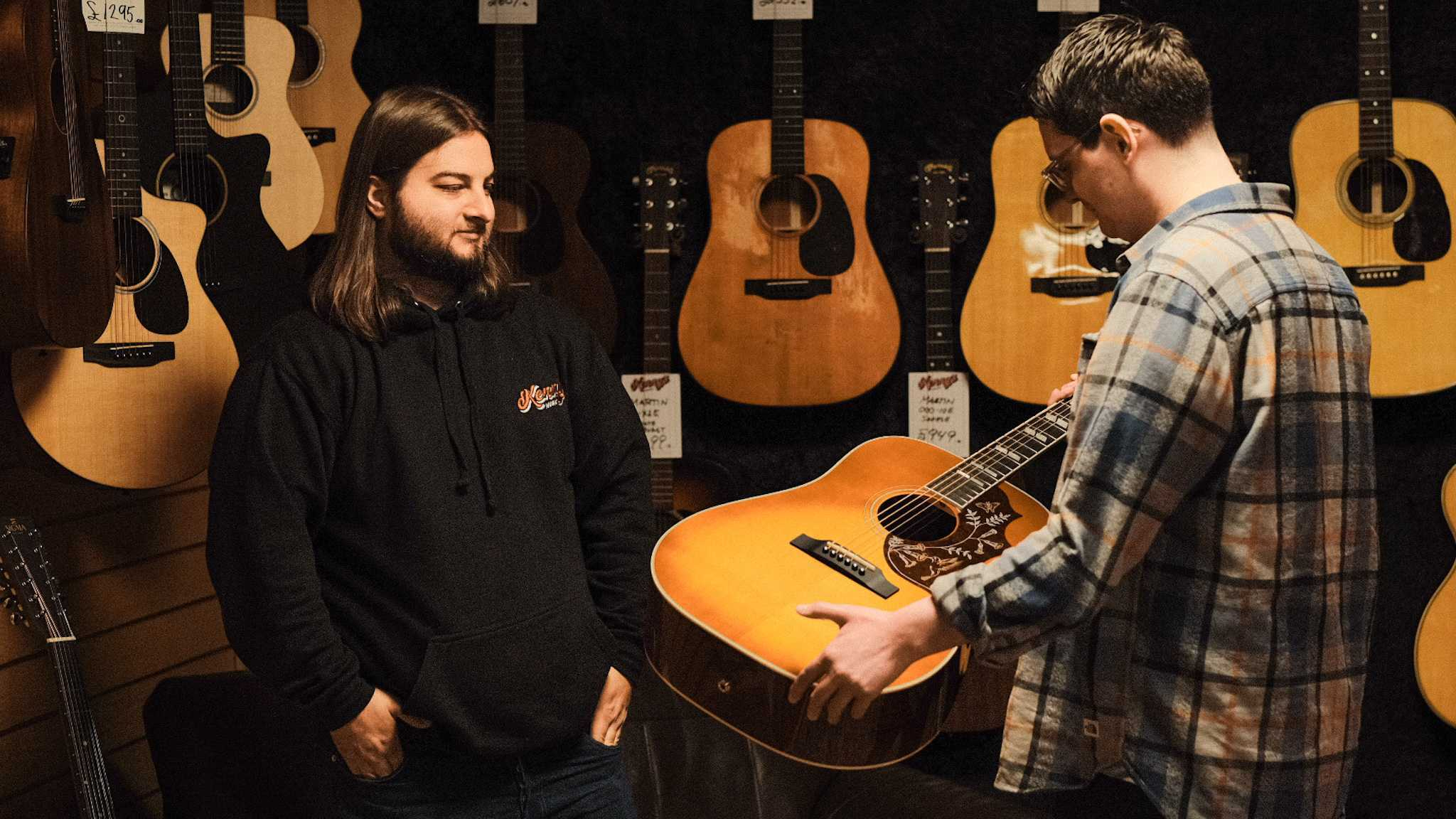
With the models secured and the shop selected, the next crucial step is to plan your visit. One often overlooked but crucial aspect is the parking situation at the store. This seemingly mundane task can significantly impact your visit. Imagine having to rush through choosing a guitar because you're parked illegally or only have an hour left on the meter. To avoid such scenarios, plan your parking in advance to maximize your time for trying out the guitar.
Are you nervous about trying out a guitar for the first time in public? Well, I suggest avoiding busy times of the day. Saturday afternoons are typically pandemonium at guitar stores, and unless you want to compete with scores of kids fumbling their way through Enter Sandman for 2 hours, I advise picking a different time. A weekday afternoon is usually quieter and should make testing out the guitar a little easier.
As mentioned earlier, it’s beneficial to inquire about making an appointment at the shop. This not only guarantees you the salesperson's undivided attention but also allows the store to prepare for your visit. It's a win-win situation that can really enhance your overall experience.
4. Test out the guitar
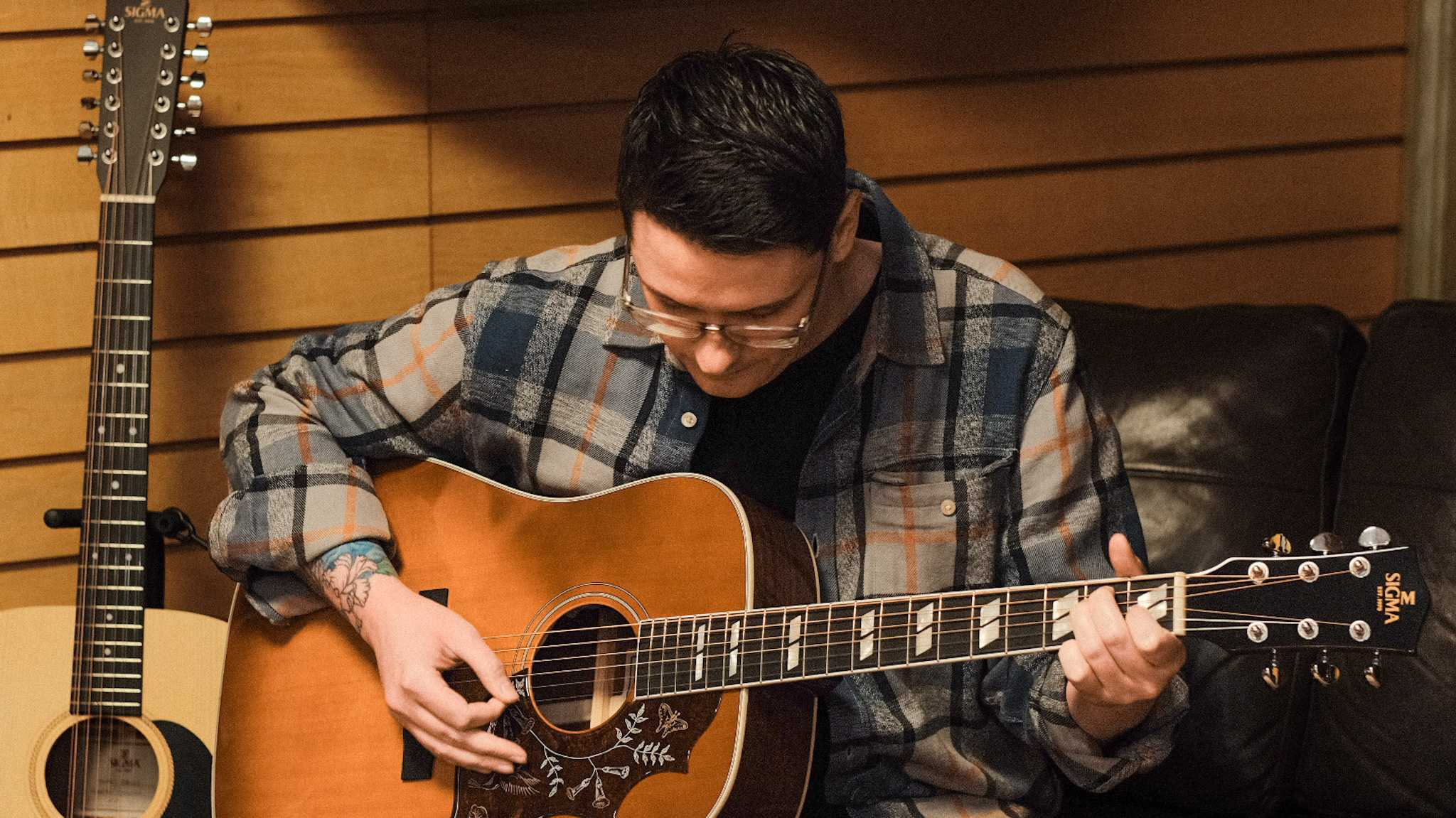
If you are a beginner, it’s very likely you’ve never sat down with a guitar, let alone tested one out – but don’t worry, I’m here to help.
When trying out a guitar, the first and most crucial step is to find one that feels like an extension of yourself. Just like a perfectly fitting pair of jeans, the guitar should not be too big or too small. For kids aged 5 to 10, a 3/4-sized model is recommended, while those 11 and above should opt for a full-sized acoustic guitar.
Generally, you want to make sure your right arm – if you are right-handed – comfortably reaches over the body of the guitar and the edge of the body doesn’t dig in while you are relaxed. You must also be able to reach the end of the headstock comfortably with your left hand while seated. If you feel like you need to stretch or lean over too much to reach the end, you’ll want a shorter instrument.
Next, it’s vital you check the instrument's build quality. You’ll want to inspect every aspect of the guitar, from the body and neck to the machine heads and bridge, to ensure it feels strong and well-made. You may not know exactly what you are looking for at this early stage, but trust me, you'll know a badly made and flimsy guitar when you see it.
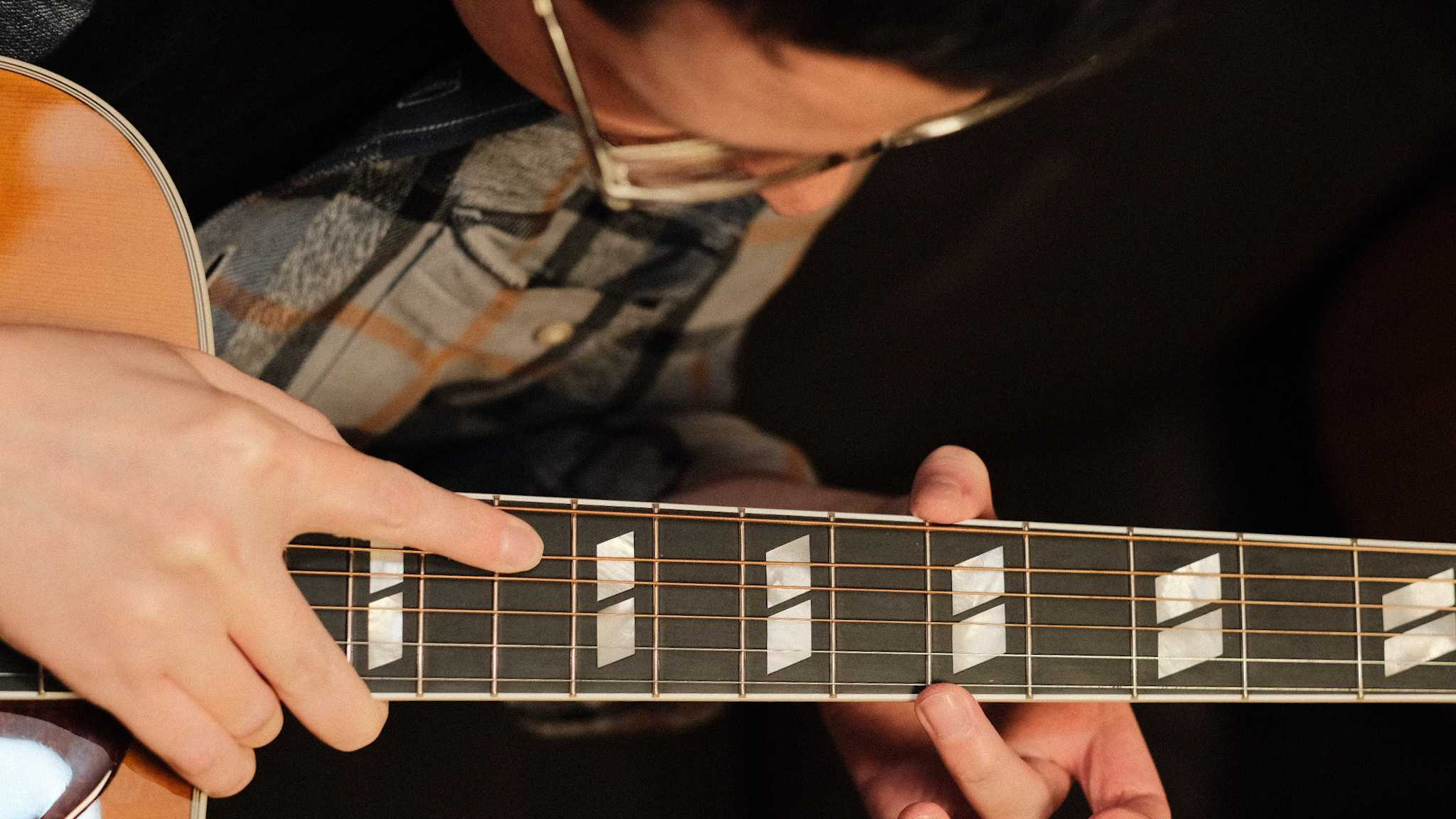
Next, check the consistency of the fretwork to confirm there aren't any sharp frets that may cause the guitar to feel uncomfortable in your hand. To do this, run your hand gently in a “C-shape” along the length of the neck. You shouldn’t feel any sharp spots from the metal fret ends.
Assessing a guitar's playability may seem daunting at first, especially if you're new to playing. However, there are a few straightforward checks you can perform to ensure you're getting an instrument that's easy to play. Generally, guitarists look for an instrument with a low action – the action refers to the height of the strings from the fingerboard. Remember, a lower action normally means the guitar is easier to play, but be cautious as excessively low action can lead to a buzzy guitar. On that note, a guitar's action isn't something that is set in stone, and all guitars can be adjusted to suit your playing preference.
Now, we really don’t expect you to be able to professionally check a guitar’s action by yourself at this stage in your playing career. So instead, I recommend simply trying to fret a chord. If the strings are relatively easy to press down, then great, but if the strings feel really far from the fingerboard and you need to press down with all your might to get a sound, then that suggests the guitar’s action is way too high. If the action needs adjusting, the store will be able to do this for you.
Lastly is the guitar’s sound. To test an acoustic guitar's tone, you typically want to try a variety of different playing techniques and styles to see how the guitar handles them, from strumming cowboy chords with a flat pick to subtly tickling the strings with your fingers and everything in between.
Of course, you may not be able to perform various different techniques just yet, so in that case, ask the salesperson to play it for you and stand back and listen. Conversely, you could also ask a guitar-playing friend who knows their stuff to play the guitars for you and help guide the process.
5. Compare and contrast
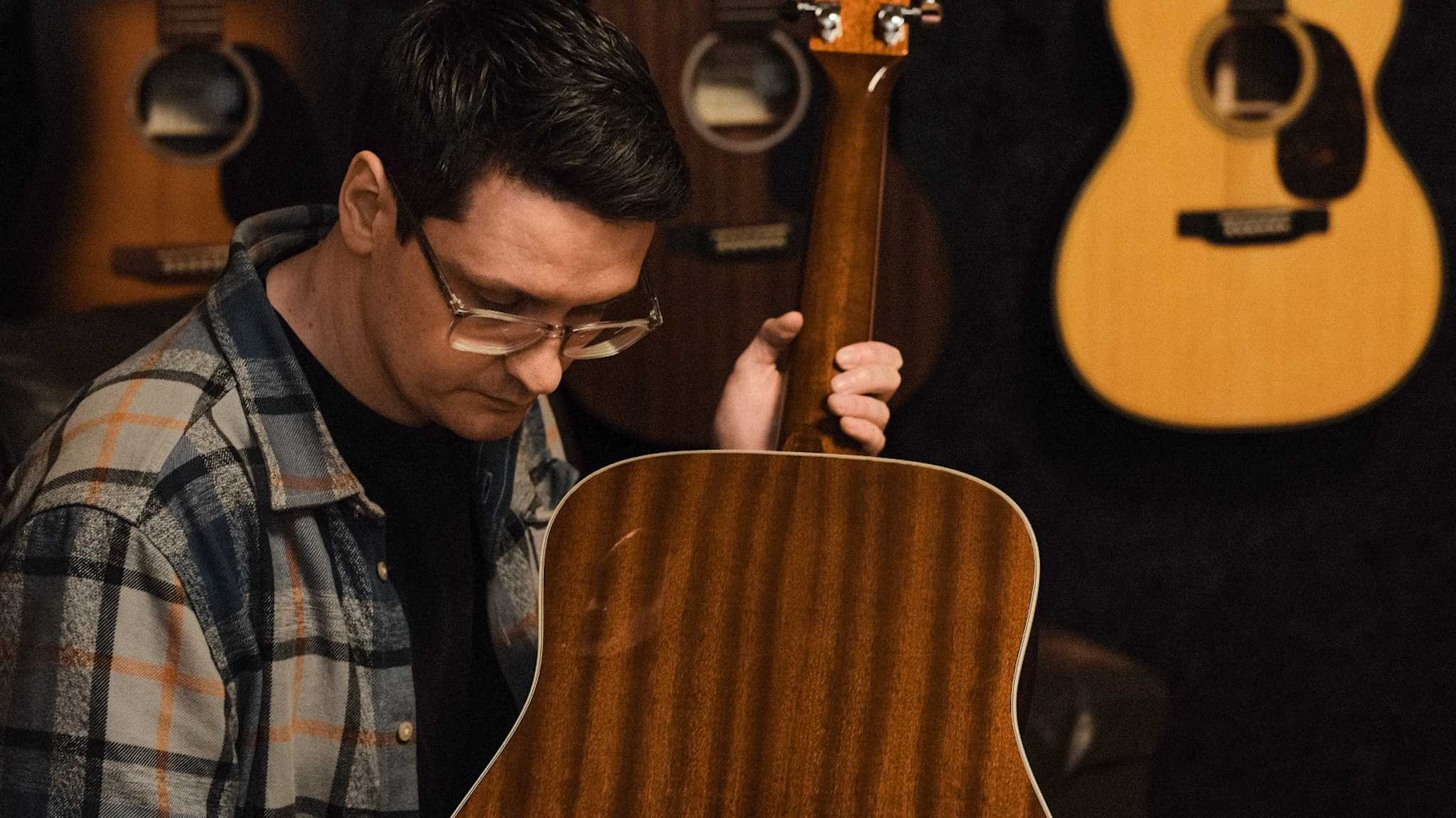
It’s important to repeat the above step with each guitar you are trying. After evaluating everything from the guitar’s build quality to the playability and of course, the sound of all three chosen models, you'll reach the final step. This step will lead you to the perfect beginner acoustic guitar for your needs.
Remember, there is no wrong answer. The correct instrument is the one that feels right for you. Trust your instincts when choosing a guitar. The best guitar will be the one that you feel is the easiest to play and sounds the best to your ears. You’ll know it when you see it.
Read more about how we test beginner acoustic guitars to see our full process when reviewing instruments for the site.
6. Ask about bundle deals and promotions
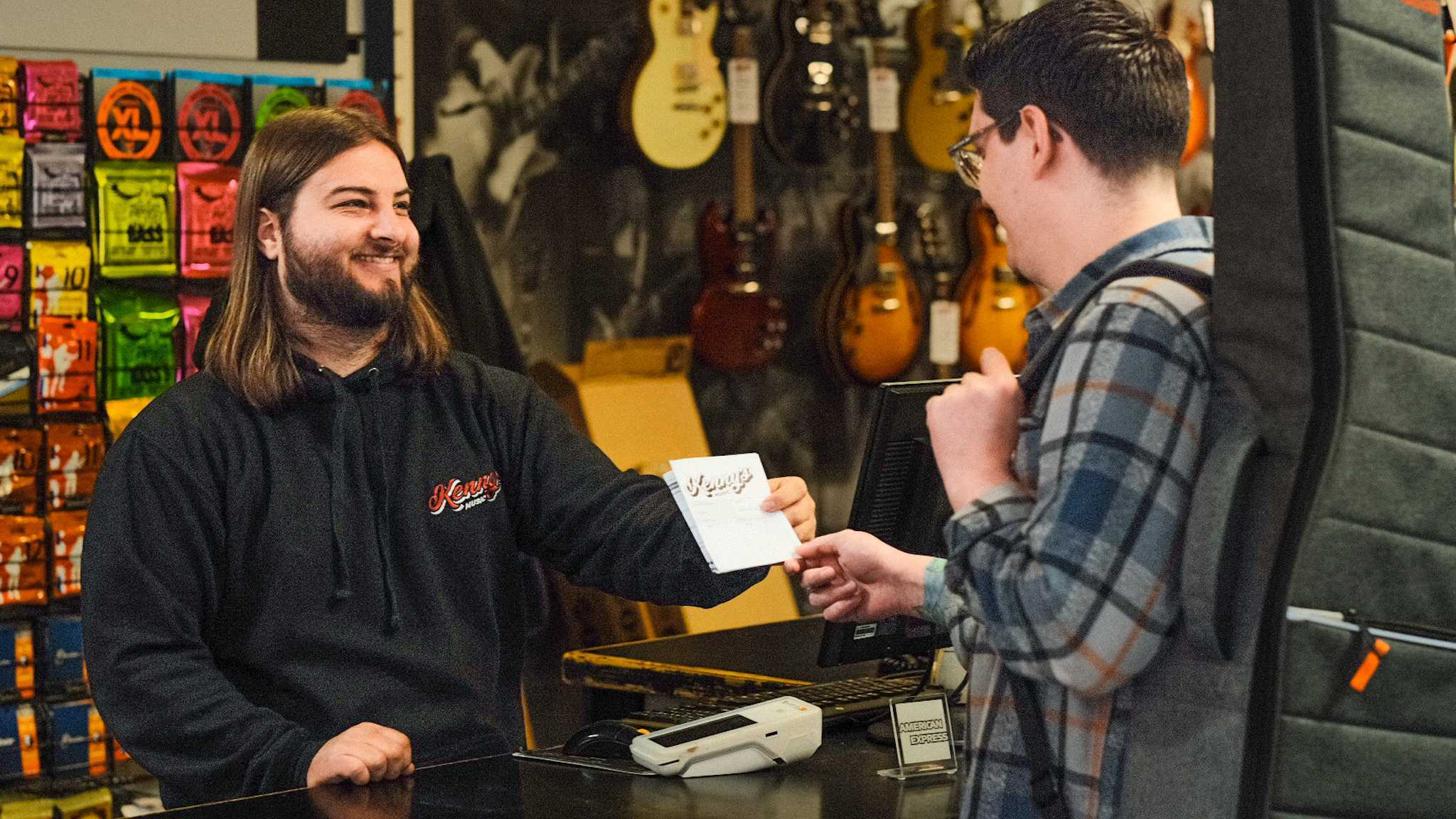
Once you’ve selected your guitar, it’s time to make the purchase, but before you do, you’ll want to check that you have everything you need to get started. For an acoustic guitar, you may need accessories such as a clip-on guitar tuner, a gig bag, a capo, and plectrums.
It’s worth asking the store if bundle deals are available if you purchase all your accessories simultaneously – and trust me, there often are. It’s also worth keeping an eye out for seasonal offers like Black Friday guitar deals or summer sales, as well as any unexpected flash sales that may pop up throughout the year. Remember, exercising a little patience can empower you to get the best value for your money.
The one thing I will say about discounts is that if one isn’t available, please remember to be respectful to the shop's staff. Guitar stores are working to increasingly tighter margins these days, and there simply may not be enough wiggle room in the price to offer you a deal.
Also if the guitar is $10-$20 more expensive than a certain online retail giant, it may be worth paying the higher price from your local store. Not only will you be guaranteed better aftercare service, but in my opinion, the time and expertise of the staff and the ability to go in and try out various models is worth the very slightly higher price tag.
Need more help to find your next guitar? Below you'll find a selection of beginner-friendly buyer's guides
- Looking to go nylon? Check out the best beginner classical guitars
- Play more comfortably with the best guitars for small hands
- Plug in with the best beginner electric guitars
- Gear up with these guitar accessories for beginners







